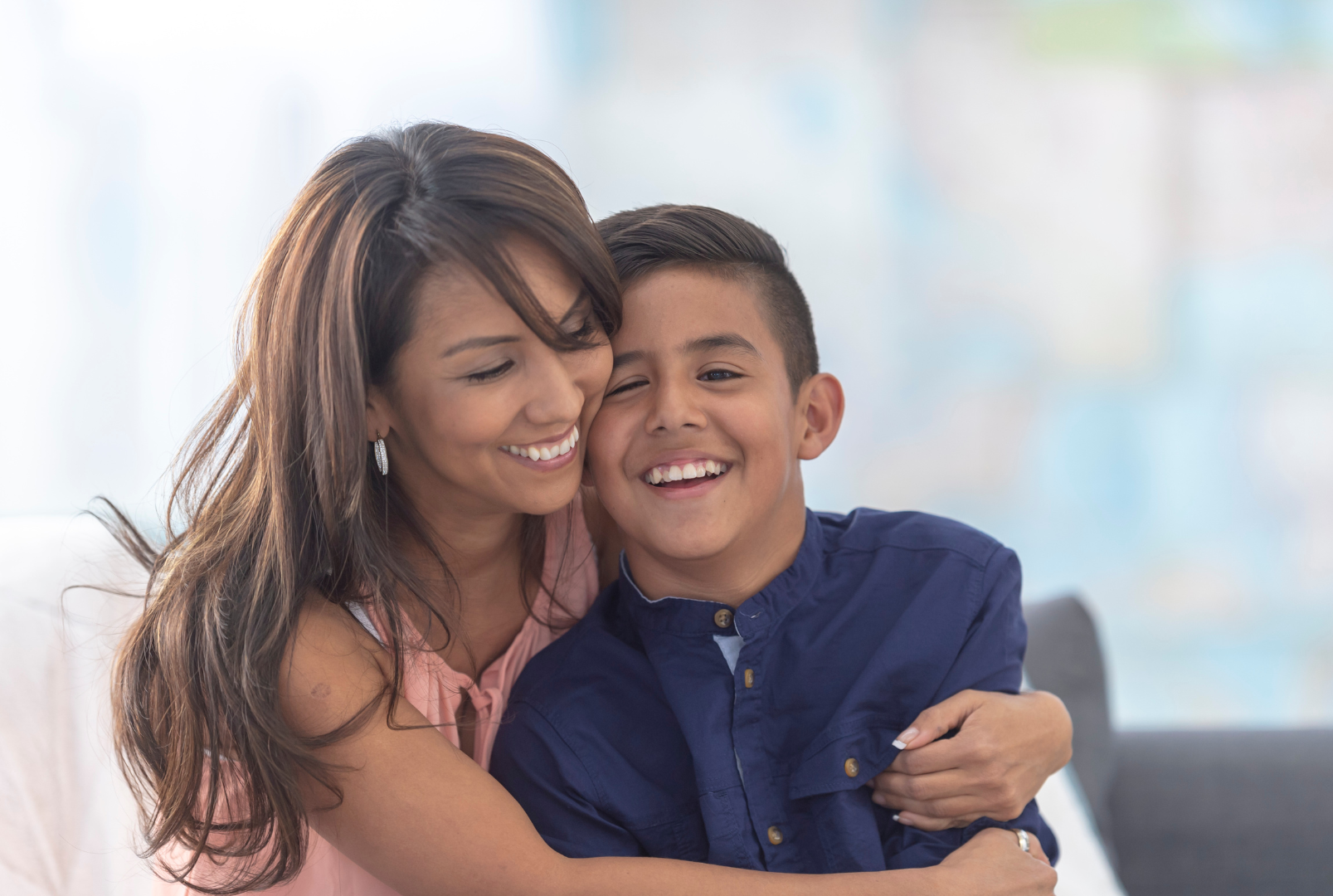Halloween & Sensory Overload: Support Ideas That Work
By: Dr. Gabrielle Baker, President & Advocate
For many families, Halloween is one of the most exciting nights of the year. But for children with sensory sensitivities, autism, ADHD, or anxiety, all that excitement can quickly tip into overwhelm. The flashing lights, unpredictable noises, scratchy fabrics, and unfamiliar routines can make what’s “fun” for others feel confusing or even frightening.
At Education Advocates of America, we remind families that inclusion isn’t about doing things the same way, but rather it’s about finding what works for your child. With a little planning, you can make Halloween a comfortable, joyful experience that fits your child’s needs instead of forcing them to fit the event.
Start With Predictability
Children who struggle with sensory regulation often thrive on structure. You can help by making Halloween feel familiar before it happens. In the days leading up to events, talk through what to expect. Watch short videos of trick-or-treating, read social stories, and use a simple countdown calendar to build comfort with what’s coming. Let your child know exactly where you’ll go, who will be there, and what will happen next. For many kids, reducing the “unknown” is the key to reducing anxiety.
If you’re heading to a community event, go early, before it gets dark or crowded. The quieter the environment, the easier it is for your child to enjoy the experience without feeling bombarded.
Comfort Over Costume
A scratchy tag, a tight waistband, or a mask that makes breathing feel different can ruin the night for a sensory-sensitive child. The best costume is one your child can actually wear. Choose soft fabrics, loose fits, and familiar textures. Pajama-style costumes or simple themed shirts can be perfect.
You can even do “costume trials” at home: let your child wear their outfit around the house for a few minutes at a time. That way, you’ll know what feels comfortable long before it’s time to head out the door. And remember: layers are your friend. If your child decides they’re done with the costume halfway through, having a fun Halloween T-shirt underneath means they can keep participating without stress.
Create a Calming Sensory Plan
Halloween is loud! Doors opening and closing, music playing, kids shouting, decorations lighting up. It’s a lot. Noise-canceling headphones or ear defenders can make a huge difference, especially if your child chooses their own fun color or decorates them with stickers.
Bring small items that offer calming input: a glow stick, a small flashlight, or even a favorite fidget toy. Avoid areas with strobe lights or loud music when possible. If you’re trick-or-treating, plan shorter routes with natural stopping points. One block or a few friendly houses may be plenty…. and that’s okay.
Support Social and Communication Needs
Some children may not want to (or be able to) say “trick or treat.” That’s perfectly fine. You can create a small card or badge that explains, “I’m nonverbal but love celebrating Halloween!” or “Trick or treat! Thank you for understanding!”
Practicing a few simple scripts at home (“thank you,” “bye!”) can help too. If your child prefers waving, smiling, or holding out their bag silently, that’s still participation and should be celebrated.
Additionally, setting up their AAC device to help facilitate Halloween language is something you and the school team can work on as well.
Have a Safe Space to Regulate
After events or school parties, many kids need quiet time to decompress. Create a calming corner at home with dim lighting, soft textures, and their favorite comfort items. Weighted blankets, sensory sacks, or slow, rhythmic rocking can help regulate the nervous system after high sensory input.
If your child uses a sensory diet or has specific calming strategies, build those into the evening plan. Sometimes the best part of Halloween is coming home, changing into comfy clothes, and watching a movie together.
Communicate With Teachers and Neighbors
Let teachers know ahead of time if your child may need breaks during classroom festivities. Bring familiar snacks, sensory supports, and any accommodations they use daily (headphones, chew tools, or visual supports).
When it comes to neighbors, a simple heads-up can make all the difference. Many are happy to provide non-food treats, dim the lights, or skip the jump scares if they know your child’s needs in advance.
Redefine Success
There’s no rule that says Halloween has to look one certain way. Maybe your child only wants to wear their costume at home. Maybe they prefer handing out candy instead of collecting it. Maybe they enjoy the decorations but skip the noise. That’s okay. The goal isn’t to force participation, but rather it’s to help your child feel safe, included, and successful on their own terms.
Remember: success on Halloween might look like one happy smile, one calm hour, or one brave step outside the front door.
Your Advocacy in Action
Every time you plan ahead, adapt traditions, or choose comfort over expectations, you’re advocating for your child in the most meaningful way. You’re teaching them that their needs matter—and that inclusion starts at home.
If you’d like guidance on creating sensory-friendly supports at school or ensuring accommodations are reflected in your child’s IEP or 504 plan, our advocates at Education Advocates of America are here to help.


